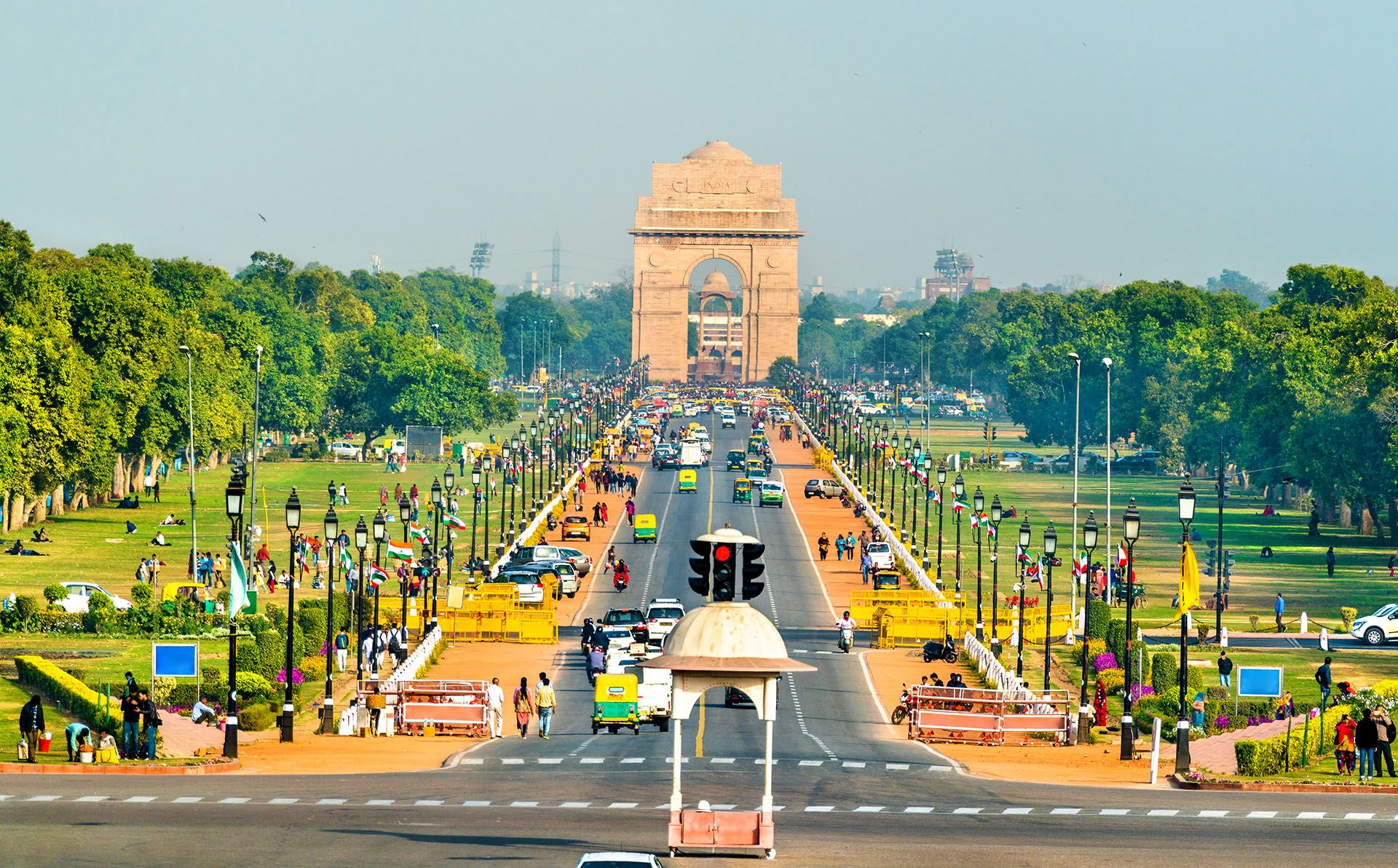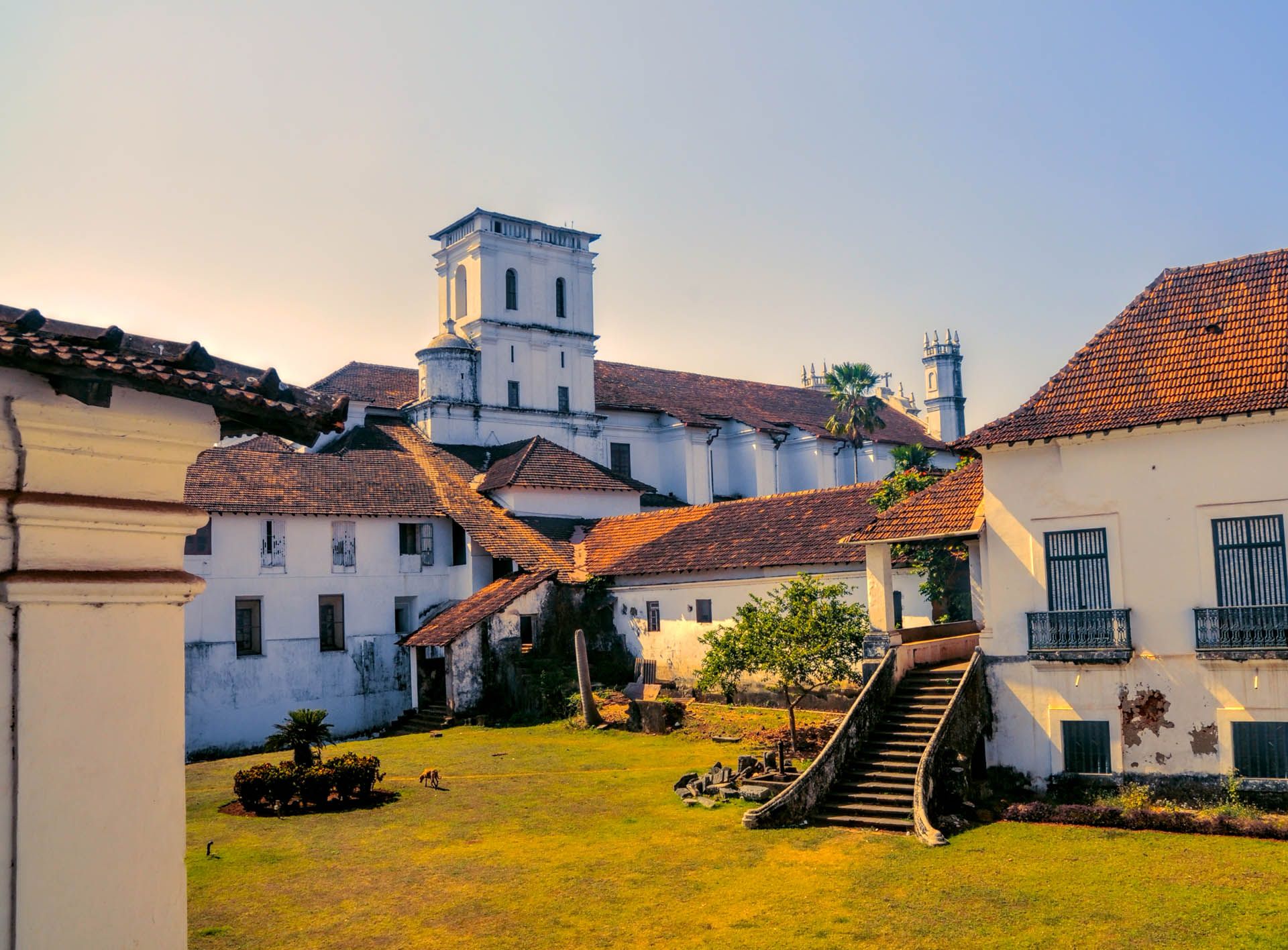Step 4: Start planning and booking activities
When to do this: at least 4 months before
Popular attractions in India can get booked up quickly, especially during the busy peak seasons.
While you don’t have to plan every activity in advance, pre-booking some things — like tours and tickets to top attractions — will save time, and make sure you don’t miss out.
Decisions to make: what attractions and experiences should be booked in advance?
As a general rule, if you’re visiting during peak season (October–March), book key attractions, accommodation, and internal transport 2-3 months in advance to ensure availability and avoid last-minute price hikes.
The same is true if you’re visiting for special festivals — be sure to book hotels and transport at least 203 months in advance.
These include Pushkar Camel Fair (November, Rajasthan), Holi Festival (March, in North Indian destinations like Jaipur, Mathura, Vrindavan, Delhi and Varanasi), and Diwali celebrations (October/November in the likes of Jaipur, Varanasi, Delhi and Kolkata)
In addition, if any of the following attractions or experiences are on your India wish list, we suggest booking them in advance.
Taj Mahal, Agra
Book in advance on the official Archaeological Survey of India website to skip long queues and secure sunrise or sunset entry.
Amber Fort, Jaipur
Book through the official Rajasthan tourism site or via travel agencies to secure your spot at the light and sound show, or to take a guided tour.
Humayun’s Tomb and Qutub Minar, Delhi
Book through the Archaeological Survey of India website to avoid peak-hour crowds.
Houseboat stays in Kerala’s backwaters
With limited availability, you should book houseboat stays well in advance.
Safaris in National Parks
If you’re visiting India and hoping to spend time in Ranthambore, Jim Corbett, Kaziranga, Gir or Periyar National Parks, note that safari slots fill up fast, especially for tiger reserves.
Book either through their respective government sites or authorized safari operators.
Aarti ceremony at Varanasi Ghats
For the best views and boat seats, you must buy advance tickets from local guides or online travel agencies.














